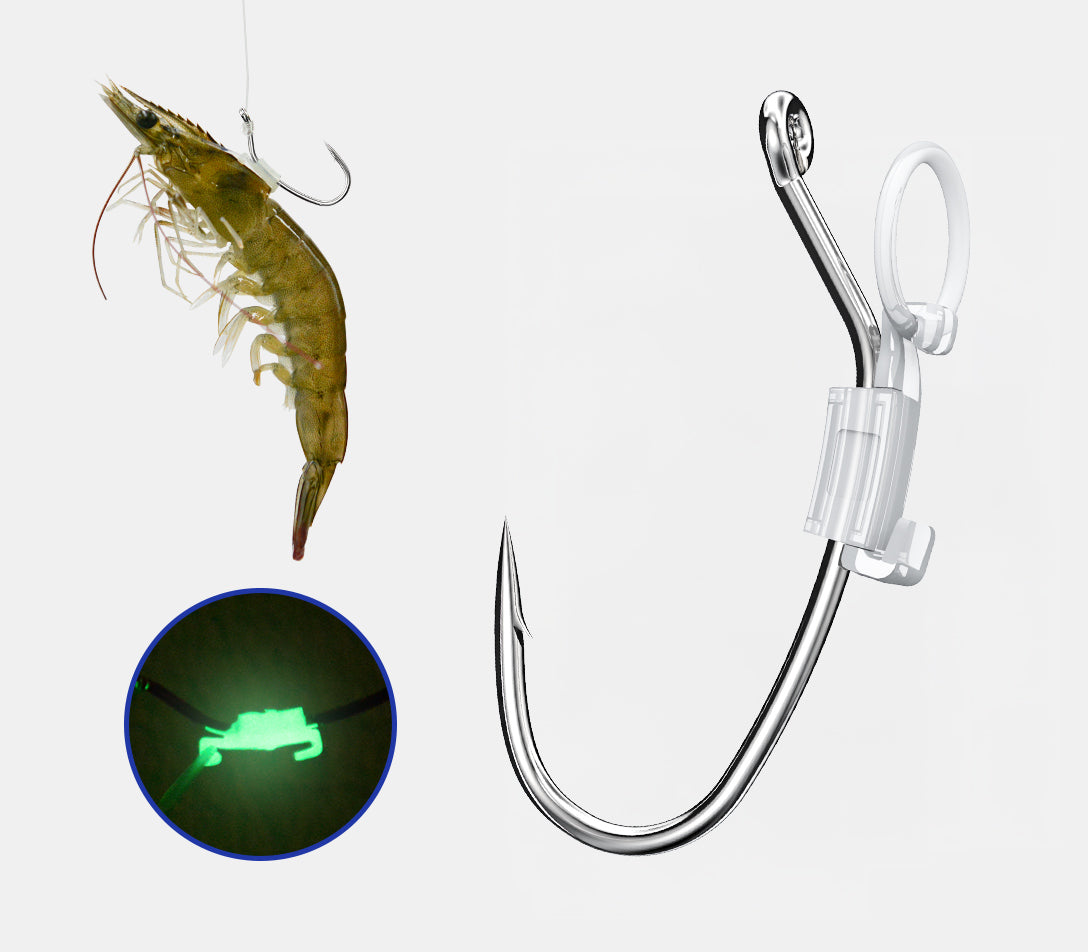If you love to bass fish, chances are you got started fishing in a pond. Ponds are easily accessible and, unlike large lakes or reservoirs, ponds concentrate bass into a smaller area, making them easier to locate. However, pond fishing tackle presents its own unique challenges, including smaller forage populations, potentially increased fishing pressure, and varying water conditions. This guide will cover where to find bass in a pond, the best pond fishing equipment lures and baits, and the most effective techniques for catching pond bass year-round.
Smaller Habitat: In small ponds, bass have fewer places to hide, making them easier to locate.
Shallow Water: Most ponds are shallow, meaning bass relate closely to available cover.
Fewer Baitfish: Unlike large lakes with shad and herring populations, pond bass primarily feed on bluegill, frogs, crawfish, and insects.
More Fishing Pressure: Many ponds are small, public access areas that get fished frequently, making bass more wary.

Where to Find Bass in a Pond
Because ponds are smaller, finding bass is often easier than in a large lake. However, knowing where bass hold during different seasons and weather conditions will help you consistently catch more fish.
Weed Beds and Lily Pads
Ponds often have aquatic vegetation like weed beds and lily pads that provide bass with shade, oxygen, and ambush points for prey.
Use Shrimp Hooks early in the morning and late in the evening.
Cast Texas-rigged soft plastics into openings in the weeds.
Flip jigs or creature baits into the cover.
Slowly work a squarebill crankbait, spinnerbait, or chatterbait around the edges.
Shoreline Drop-Offs
Some ponds have subtle depth changes near the shore where bass hold before moving into shallower feeding areas.
Use a rig, jig, or drop shot to target bass holding at the drop-off.
Slow-roll a spinnerbait along the transition line.
Docks and Overhanging Trees
Docks and trees provide shade and ambush points for bass, especially in the summer.
Skip weightless worms under the dock.
Cast a small topwater popper near overhanging branches.

Best Lures for Pond Bass Fishing
Pond bass can be picky, so using the right lures is key to success. Below are the best lure types and when to use them.
Soft Plastics
Soft plastics are among the most versatile lures for pond bass.
Topwater Lures
Topwater baits are perfect for early mornings and evenings when bass feed near the surface.
Jigs
Jigs excel in ponds with submerged cover like wood and rocks.
Spinnerbaits and Chatterbaits
When bass are aggressive, these lures work well for covering water quickly.

Kanama Luminous Live Shrimp Hooks
When it comes to live bait, KANAMA's Luminous Live Shrimp Hooks are an excellent choice for pond Bass Fishing. These specialized hooks feature a built-in glow-in-the-dark technology that makes your live shrimp bait irresistible to bass, even in low-light conditions or murky water. The luminous glow helps attract the attention of nearby fish, giving you a distinct advantage when targeting wary pond bass.

Pond Bass Fishing Techniques
Fan Casting: Instead of repeatedly casting in one direction, spread your casts in a fan pattern to cover more water.
Parallel Casting: Walk along the shoreline and cast parallel to the bank. This keeps your lure in the strike zone longer.
Skipping Lures: Skipping soft plastics under docks and overhanging trees gets your lure into hard-to-reach areas where bass hide.
Slow Retrieval in Cold Weather: During colder months, use slower retrieves with crankbaits, spinnerbaits, jigs, and soft plastics to entice sluggish bass.
Best Time to Fish a Pond for Bass
Spring: Bass are moving into shallow areas for the spawn. Use jigs, soft plastics, and spinnerbaits.
Summer: Early morning and late evening are best. Try topwater lures and weedless soft plastics.
Fall: Bass feed aggressively to prepare for winter. Use crankbaits, spinnerbaits, and swimbaits.
Winter: Fish slow and deep with jigs and finesse plastics.
Gear Recommendations
Rod and Reel
Spinning Rod (6'6" – 7'0"): Best for finesse fishing and lighter lures.
Baitcasting Rod (7'0" – 7'3"): Ideal for jigs, spinnerbaits, and topwater lures.
Fishing Line
Fluorocarbon (10-15 lb test): Best for fishing moving baits in open water or around wood.
Braided Line (30-50 lb test): Ideal for fishing around vegetation or topwater lures.
Essential Accessories
Polarized Sunglasses: Help spot bass and underwater structure.
Lightweight Tackle Bag: Makes moving around the pond easier.
KANAMA Luminous Live Shrimp Hooks: These glow-in-the-dark hooks are perfect for fishing live shrimp at night or in low-light conditions, helping you catch more bass in ponds.

Conclusion
Pond fishing tackle for bass is one of the most enjoyable and productive ways to catch largemouth bass. Pond fishing equipment allows beginners to learn new baits and techniques, but it is also very fun for experienced anglers. By targeting key areas like weed beds, docks, and drop-offs, using the right lures, and applying effective fishing techniques, you can increase your chances of success. Whether fishing in a private pond or a local public fishery, these tips, combined with the right gear like KANAMA's Luminous Live Shrimp Hooks, will help you land more bass and have a great time on the water.















